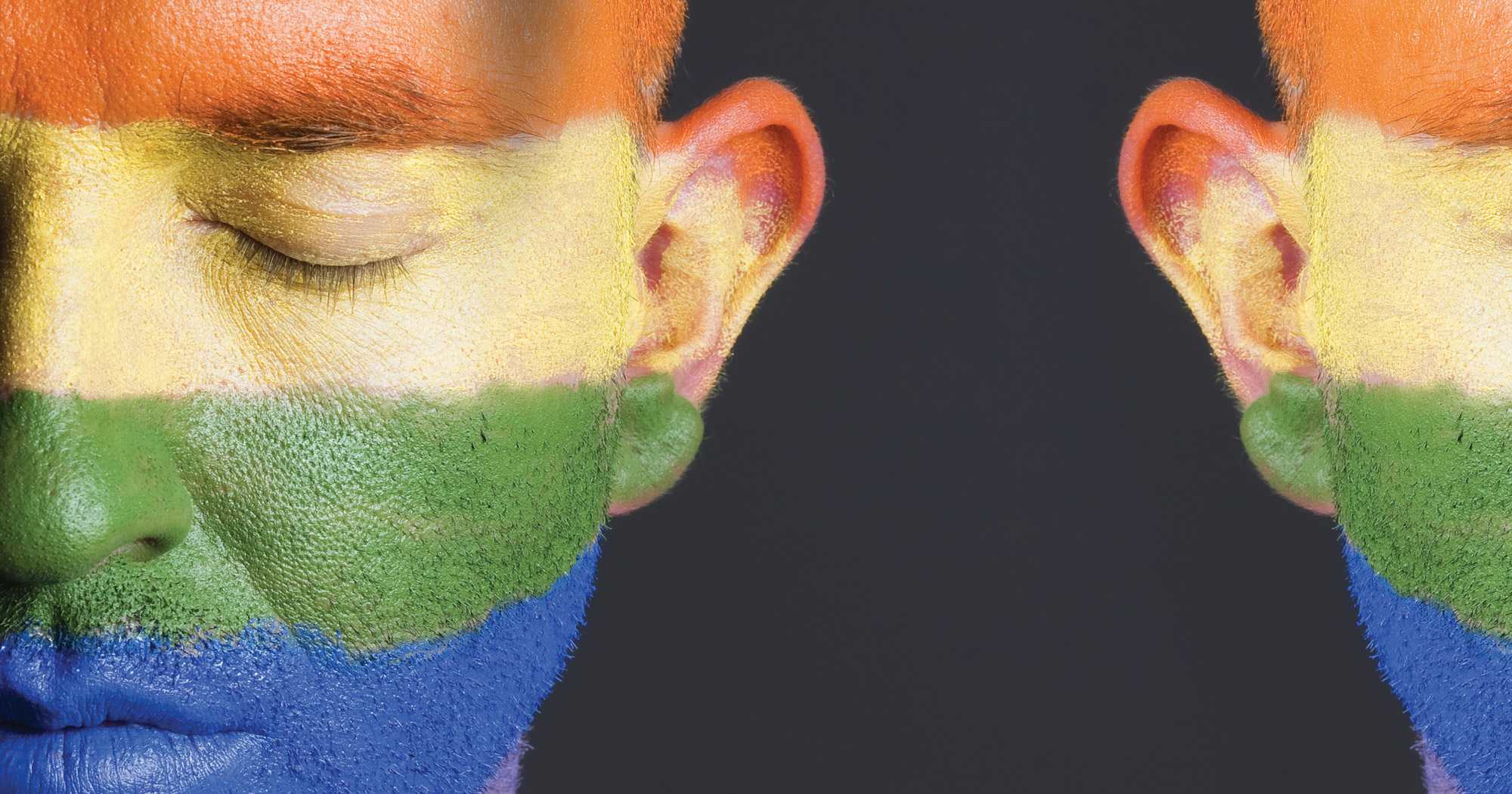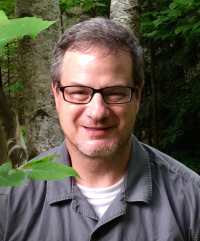LGBTQ Crossing the Gender-Genre Divide

Back in 1985, while I was a journalism major at Wayne State University in Detroit, my professor drilled into my head the standard “Who, What, Where, When, Why, and How” lede to a story. And for years I followed it and the inverted pyramid style of writing. First, outline the big issues and basic facts. Then, as the story progresses, get around to quoting individual people impacted by the story.
I loved Professor Francois and all he taught me in J-School, but a few years into my career, I found that more people commented on the stories I wrote that broke that rule—the ones where I started with the people involved and then moved on to the larger issues. It’s a technique used in fiction all the time. First, get to know a protagonist.
Use the term LGBTQ, or read a news item about transgender teens, and what you get are broad generalizations based on your own preconceived ideas of what those terms mean. Labels strip large groups of their individual humanity. However, lead with a person—with a history, a family—and then you just might get your reader’s attention once you start talking about equal rights or controversial policy. If you know a person, are you more likely to deny him or her the right to, say, use the bathroom of the gender they identify as?
When I entered the world of book reviewing after nearly thirty years as a journalist, I was struck by the categorization of books. A good book, to me, was never any one thing. But reviewers love categories. We categorize books into genres and then act as if we are slightly confused when a particular book crosses categories.
Reviews From Our Special LGBTQ Section
Finding Identity in LGBTQ Fiction
The Best New Indie LGBTQ Nonfiction
I recently had a discussion about this with Rachel Haimowitz of Riptide Publishing, which specializes in LGBTQ fiction and is among the publishers featured in this section. In a guest op-ed for Foreword Reviews, Haimowitz wrote, “We’re on a mission to get these stories into the hands of straight people. To show the world that LGBTQ folks are no different than anyone else. … Which is why we also publish stories about queer space pirates and queer zombie hunters and queer detectives.”
I asked her if maybe it isn’t time to get rid of the special LGBTQ category and simply place these works on the shelves with their traditional genres. They are, after all, science fiction, graphic novels, romance; they just happen to have LGBTQ characters. Wouldn’t that be a better way of letting readers know that LGBTQ people are not an abstract category on a separate shelf but are living humans that are a part of our everyday lives, our everyday stories? Wouldn’t that be a way of leading with people rather than leading with categories?
Her answer was, simply put, “Yes and no.” Yes, straight people need to see that LGBTQ folks are their neighbors, their schoolmates, their coworkers. No, because members of the LGBTQ community, especially young people, need to know where to find these books that speak to them and their specific struggles and joys.
So is our special section on LGBTQ literature for LGBTQ folks who want to read about fictional characters who think like them and face issues similar to their own? Is it for straight people who want to read great stories about people struggling with life and love? The answer is Yes. And yes.

Howard Lovy is executive editor at Foreword Reviews. You can follow him on Twitter @Howard_Lovy
Howard Lovy
